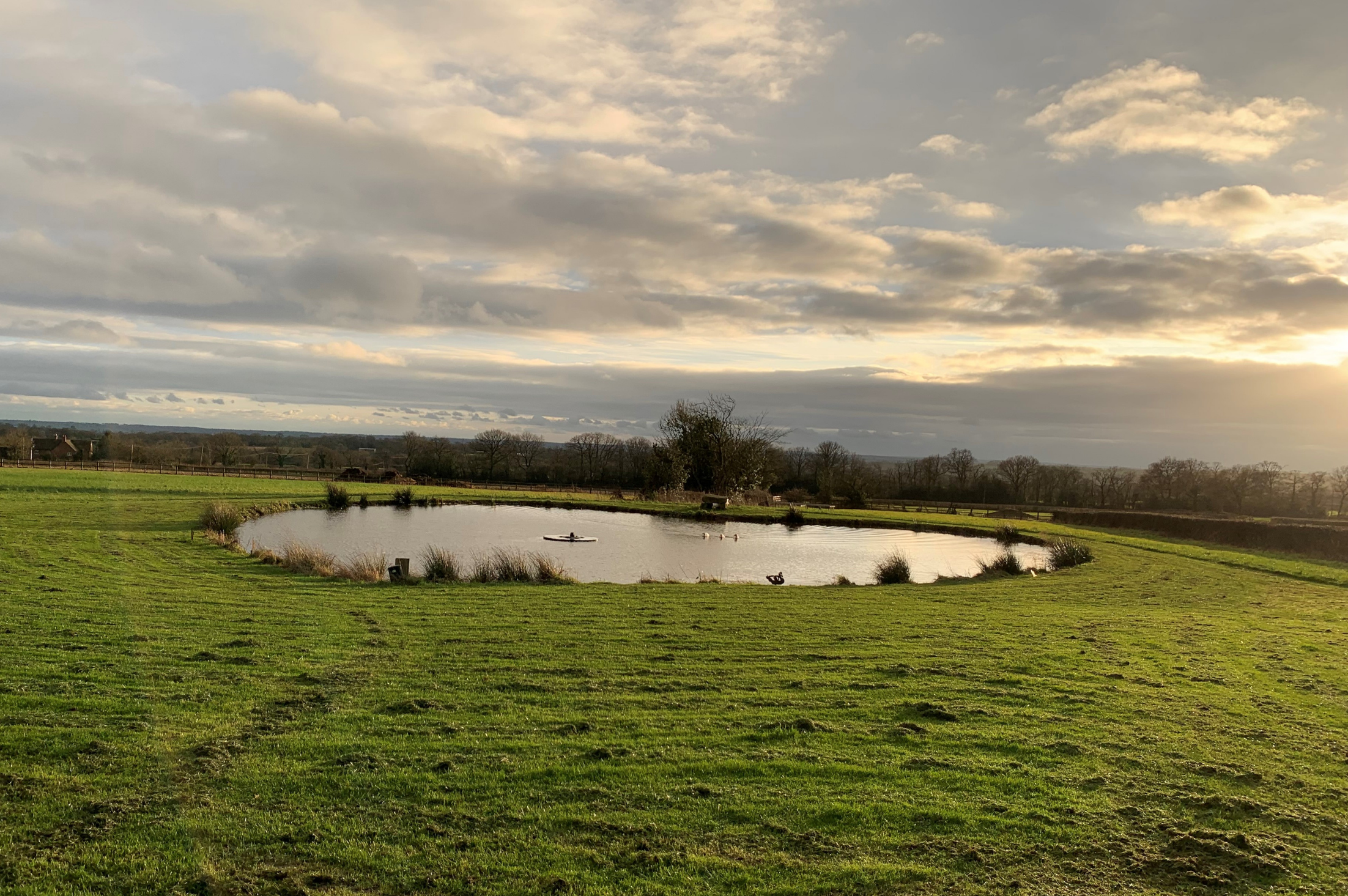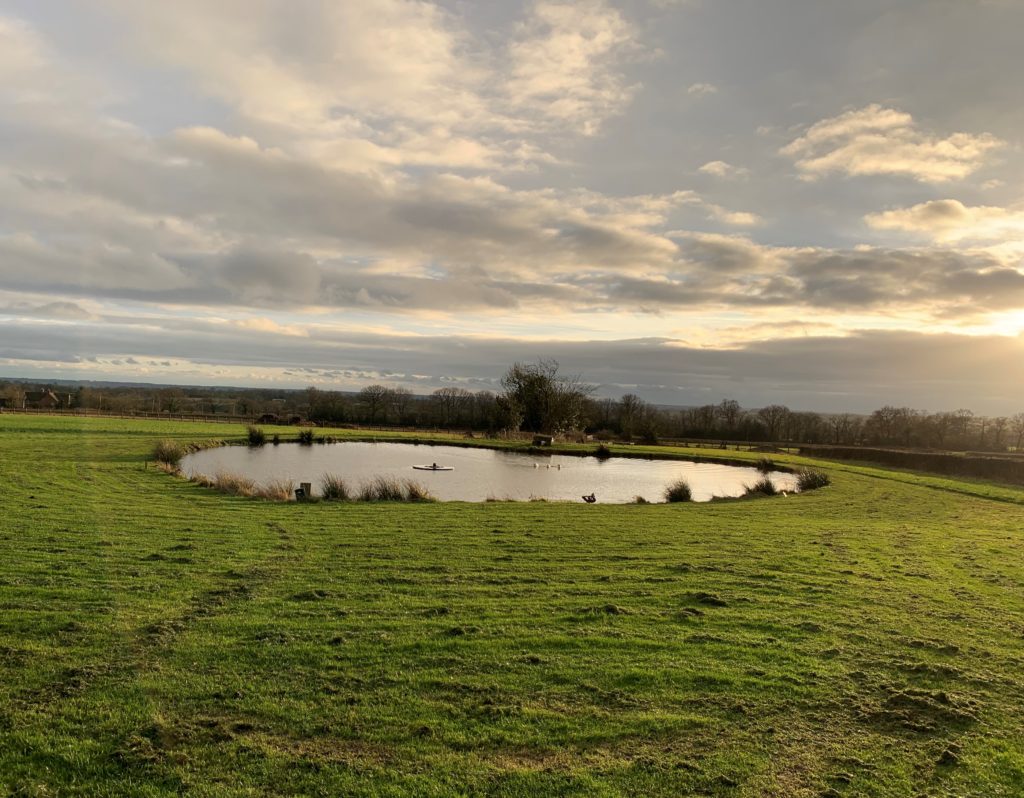Planning & Design Practice is delighted to have assisted in securing retrospective planning permission for the installation of an oil tank associated with a recently constructive new build house.
The retrospective application related to work that had already commenced on site due to an honest error by our client who believed that planning permission was not required, as the installation of an oil tank fell within the limitations of Class E ‘buildings etc incidental to the enjoyment of a dwellinghouse’, Part 1 ‘development within the curtilage of a dwellinghouse’, of Schedule 2 of the General Permitted Development Order (2015).
However, following by the Local Planning Authority (LPA) it was advised that planning permission is required as a small part of the building is situated on land forward of the principal elevation of the original dwellinghouse.
It is first worth clarifying that the carrying out of ‘development’ (i.e. building works, material changes of use or engineering operations) without the benefit of planning permission is not, initially at least, ‘illegal’ but is better described as ‘unauthorised’. ‘Breaches of planning control’ are normally anonymously flagged by the general public to the LPA. In other words, the system is reactive – rarely do LPA’s proactively monitor compliance with planning consents.
Once a ‘breach of planning control’ has been identified the local planning authority (LPA) will often invite a landowner to submit a planning application to ‘regularise the breach’ – in other words to retrospectively obtain planning permission for development. In these circumstances, the LPA must assess the application in the same way as if it were a proposed development and not let the fact that it is a retrospective application affect the outcome either way.
If the application is approved, that is generally the end of the matter, with consent issued subject to any relevant conditions minus, of course, the usual 3 year commencement time frame. If the application is refused, however, the landowner then has the option to appeal the decision or rectify the breach of planning control (i.e. to correct the unauthorised works or cease the unauthorised use).
In most cases, we recommend that you appeal against the Enforcement Notice. We can help prepare, manage and submit your appeal. For more information on our enforcement service click here.
Andrew Stock, Associate Director – Chartered Town Planner, Planning & Design Practice Ltd







